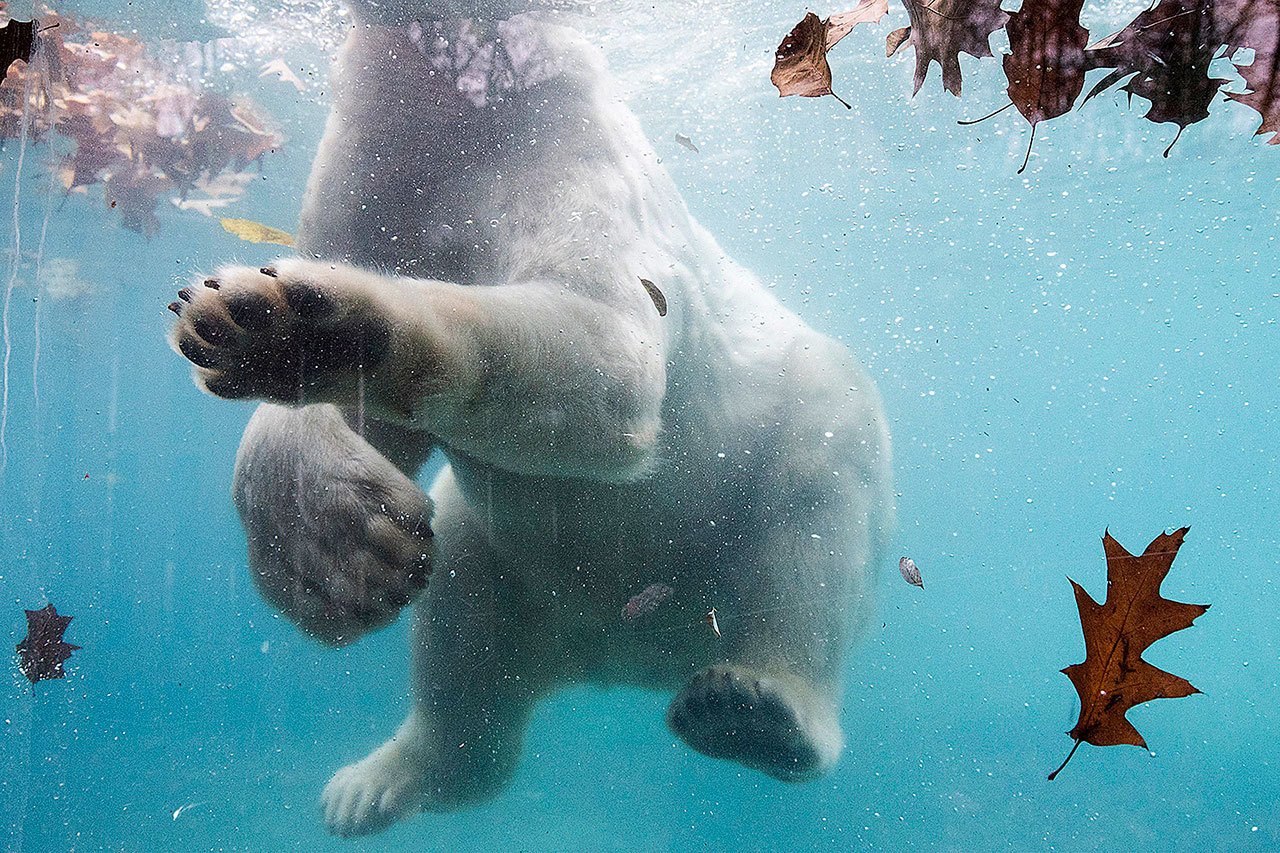By Chelsea Harvey
Special To The Washington Post
Wildlife populations around the world are in serious decline, and it’s mostly due to human activities, scientists say. Many experts believe that habitat loss, over-exploitation and the increasing effects of climate change have launched a mass extinction, the sixth such event known to have occurred in the Earth’s history.
Now, a group of researchers from China and the United States may have figured out the point in history when these population declines really began to accelerate — and their findings further implicate humans as the primary driving force.
Using genetic data and mathematical modeling, the researchers have suggested that vertebrate wildlife all over the planet began to experience rapid population declines starting about 123 years ago, coinciding with a period of widespread human industrialization and profound changes in the earth’s natural habitats, as well as the beginning of major human-caused climate change, which scientists have also linked to the industrial revolution. The study , which was led by Haipeng Li of the Chinese Academy of Sciences, was published Monday in Proceedings of the National Academy of Sciences.
The project, started about a decade ago, was motivated in part by a desire to understand the genetic differences — and the reasons for these differences — between threatened or endangered wildlife species and species that are still thriving, said Yun-Xin Fu , a professor at the University of Texas Health Science Center and one of the study’s authors.
“Eventually, we developed a novel population genetic approach that helped us understand the evolutionary question,” he said.
The researchers reviewed thousands of peer-reviewed scientific papers containing information on the genetic diversity of various vertebrate species. Eventually, they gathered data on more than 2,700 species in total. Using information from the International Union for Conservation of Nature, they classified each species as either non-threatened or threatened, meaning a species was in some danger of extinction.
The researchers then analyzed the genetic data to figure out if there were any major differences between threatened and non-threatened species. Overall, they found that threatened species were less genetically diverse than non-threatened ones.
“The key question is how can we explain this difference,” Fu said. To tackle that question, the researchers turned to a mathematical model designed to investigate the effect of population changes over time on genetic diversity.
Population size is a well-established factor in the genetic diversity of any given species. In general, larger populations are often more diverse — and populations that experience sudden, significant losses often lose genetic diversity in the process.
The researchers’ model suggested that a rapid population decline began to take place among vertebrates about 123 years ago, at the end of the 19th century. This is an average for all the threatened species included in the study — it’s likely that individual species may have begun to decline slightly earlier or later. But overall, this approximate point in history is when the trouble really started for the planet’s wildlife.
Overall, the researchers found that rapid population declines accounted for between 24 and 37 percent of the differences in genetic diversity between threatened and non-threatened species. Much of the rest can be chalked up to the fact that many threatened species had smaller population sizes to begin with, even before the rapid decline set in.
“Our study has showed the rapid decline really started in the late 19th century and very much coincided with the large-scale global industrialization,” Fu said. “So our natural thinking, of course, is the human activity…probably caused this major shift.”
The researchers hope their findings can help better inform present-day conservation efforts, which are growing critical in the face of the current wildlife declines. Another recent report from the World Wide Fund for Nature found that vertebrate populations have already plunged by 58 percent since 1970, and it predicts that this number could fall to two-thirds in the next five years.
Biologists are often focused on trying to preserve genetic diversity in threatened populations, Fu noted — and the researchers don’t argue its importance. Low genetic diversity can render a species less able to evolve in a changing world and more susceptible to extinction as a result.
But Fu added that the new study should also underscore the dramatic consequences of human influences, such as habitat loss, on wildlife populations.
“The major cause of [today’s] threatened species is rapid population decline coinciding with globalization,” he said. “Really, the fundamental key of conservation is to preserve the natural habitat of any species.”
Talk to us
> Give us your news tips.
> Send us a letter to the editor.
> More Herald contact information.


























